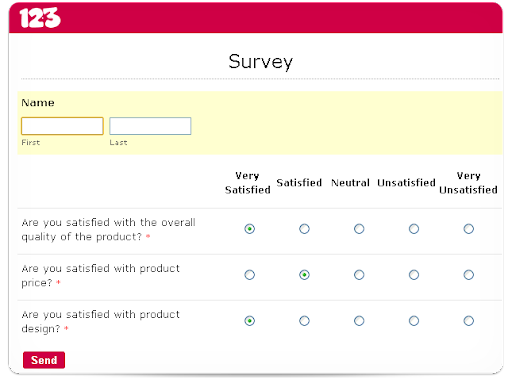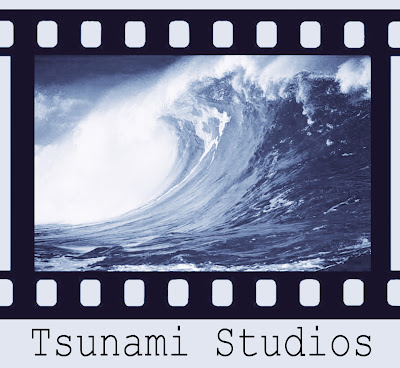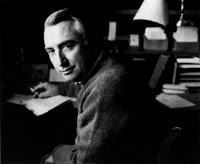Different audience research methods used can help us as a group to identify what aspects are important at the beginning of a thriller film, the type of audience that watch thrillers and how we can entice the audience at the start. This will help us establish what target audience to aim our thriller opening at.
Different audience research methods include; Questionnaires,Interviews, Focus groups, Online questionnaires and Data Collection.
Questionnaires

A group of closed questions ask to the public, or your audience to extract specific information you want to know for research.
A benefit to a questionnaire is that you receive useful information quick and it is easy. You can also give a questionnaire to a large portion of your audience or the public without wasting time.
A drawback to using a questionnaire is that the public partaking in the questionnaire may not be able to explain their reasons for this as it is a closed question, so you do not receive as much information and it may not be very strong.
Interview

An interview is when the researcher will ask the public or audience open questions, they then extract information on what they want to know and follow up or probe their answers with ones to get more information and detail from them, in a conversational way.
A benefit to an interview is that you gain a better insight into the customers wants, their opinions, their likes and dislikes and there is no set questions meaning you can work your questions around their personal feelings.
A drawback to an interview is that it is time consuming. This is a problem because it is very informative but asking enough people and bringing the information we gathered together from everyone means it is hard to analyse and will take a long time.
Focus Groups

A focus group is a small group of people who have a discussion about a particular product or in this case a topic. It aims on a discussion more than responses to formal questions.
Benefits of a focus group are that the researcher can get information from body language, by seeing a response like this they can tell how they feel about that specific topic, the information is also easy to get, you are able to probe more answers and gain a deeper knowledge of their views and opinions and you can also gain the information quicker than if you interview people individually.
A drawback to a focus group is that focus groups may not be able to stay on topic and you can't gather the information you specifically need, the public may also feel peer pressure to answer like everyone else.
Online questionnaires

An Online questionnaire is a questionnaire that you created set up online for the general public to be able to complete. It can have open and closed questions on it.
Benefits to an online questionnaire is that is it usually free, fast and simple to set up, quick and accurate to gather results as the website that your survey is linked to will gather the information for you. Anyone can access it on the internet also meaning that it is more valid to the population because you do not have to send out and collect the questionnaires that may not be able to reach the general public but using the internet it is possible.
A drawback to an online questionnaire is that people may feel less obliged to take part because they have not been specifically asked to take the questionnaire, there also may be technical difficulties that could postpone or stop people being able to access it, both giving you a lack of information.
Data Collection

Data Collection is done to gather secondary research online from existing websites to gain an insight into the likes and dislikes, the success and fail and general knowledge of the topics information you need, in this case about a specific genre.
Benefit to online secondary research is that the data is already collected meaning it is cheap, easy and quick to gather.
A drawback to this is that the information may not be specific to your topic that you are looking for, so it isn't completely relevant to you. You could also not gather information from reliable sources making your data wrong and you may base your idea or topic on that.
From the benefits and drawbacks we have decided that we will complete the secondary research data collection but make sure it is from reliable websites such as, boxofficemojo, IMDb and independent.bfi. We are also going to do a small interview consisting on 3 people each, all different ages and genders making it informative but not time consuming, we are also going to create an online survey giving people opportunities t fill it in and giving us a large, informative and representative result that we can use to help us find our target audience.































